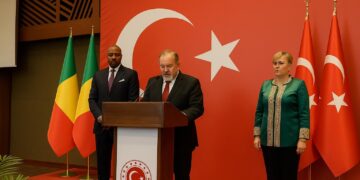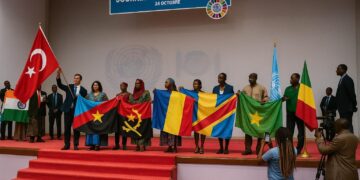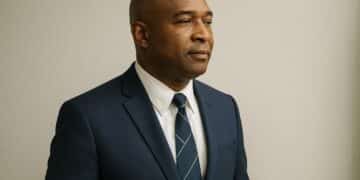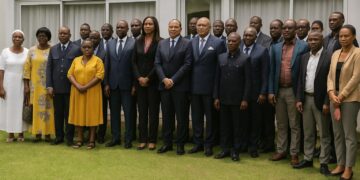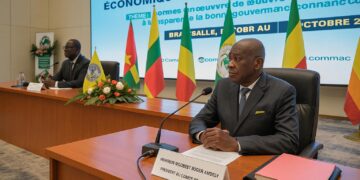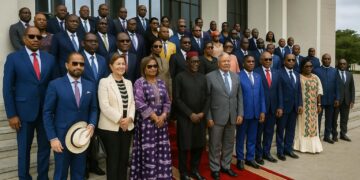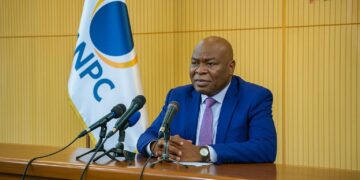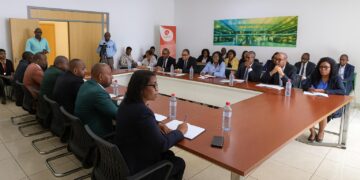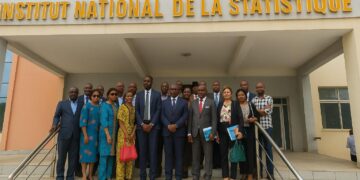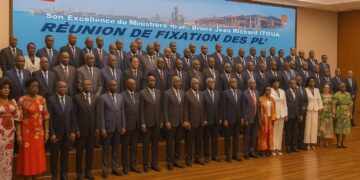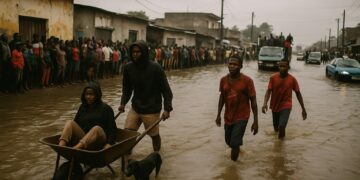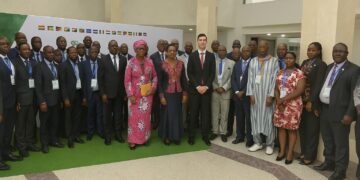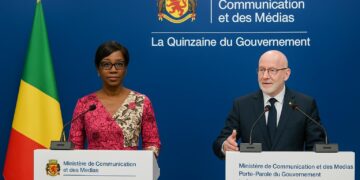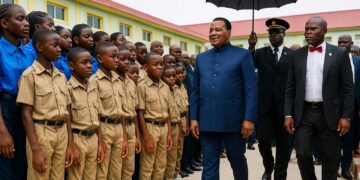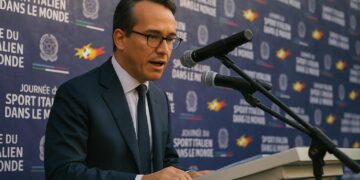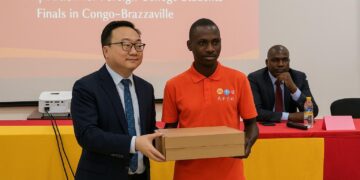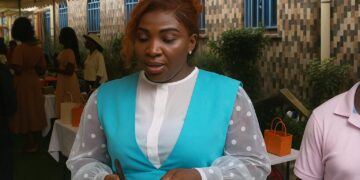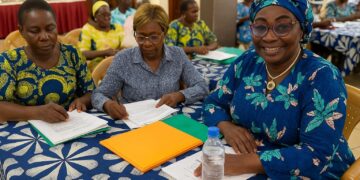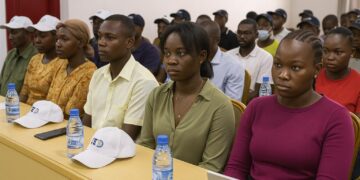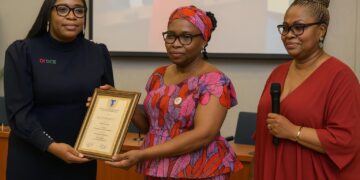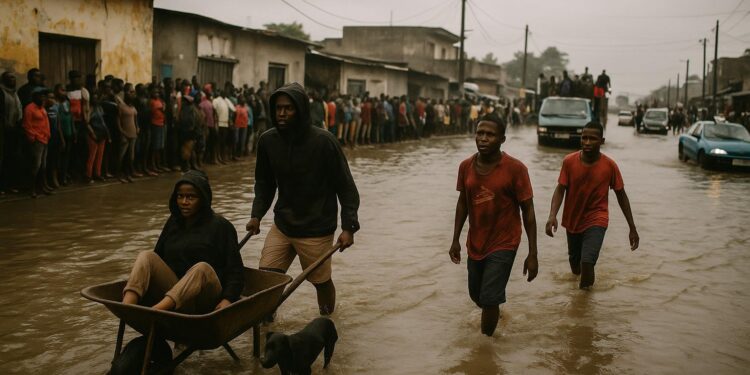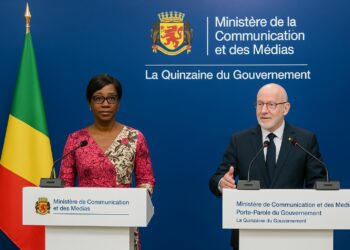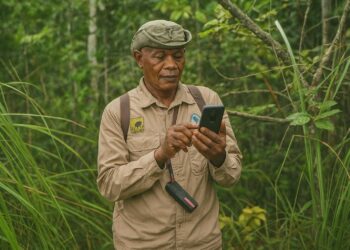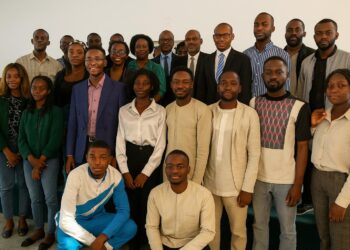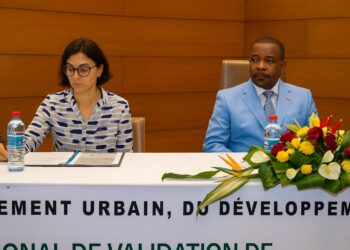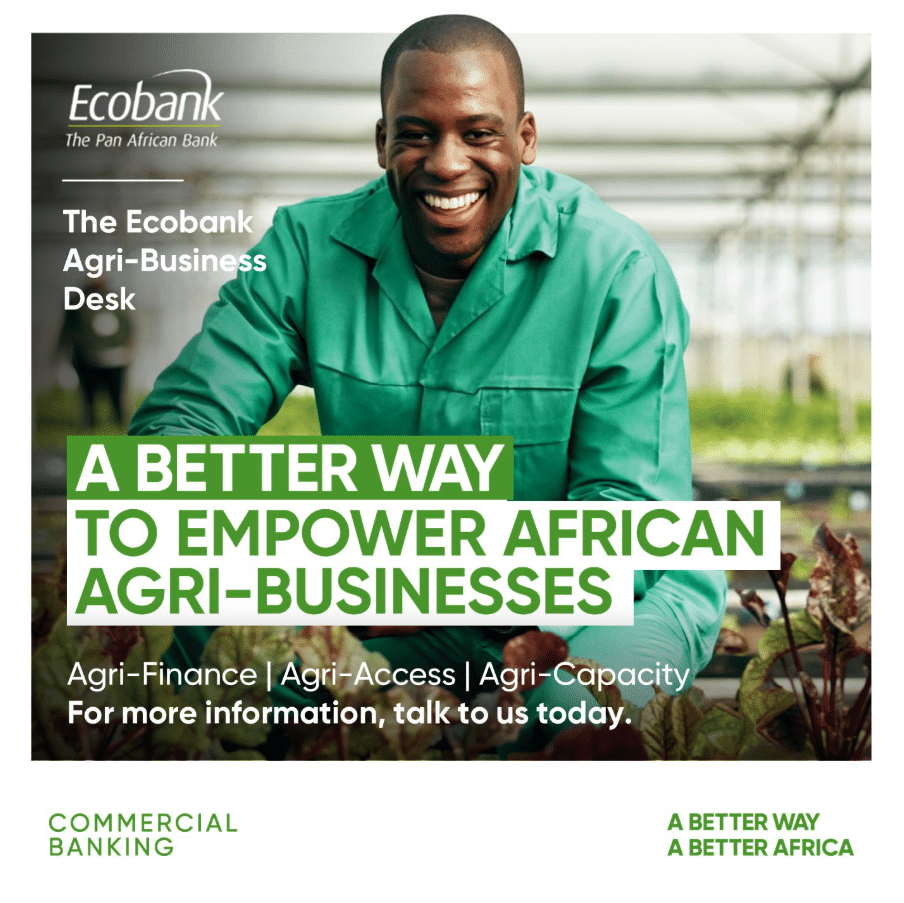Climate-Proof Funding Arrives
The World Bank approved a 60-million-dollar credit on 30 October to finance the Urban Resilience Reinforcement Project, a programme designed to protect Brazzaville and Pointe-Noire from accelerating erosion and flooding, according to the multilateral lender’s communiqué.
Beyond emergency works, the operation seeks to widen access to climate-proof infrastructure and essential public services, anchoring longer-term livability in Congo’s two economic hubs while complementing government priorities under the 2022-2026 National Development Plan.
Urban Vulnerability in Brazzaville and Pointe-Noire
Congo-Brazzaville is already one of Africa’s most urbanised states; roughly 70 percent of its population lives in cities and more than half in the low-lying neighbourhoods of Brazzaville and Pointe-Noire where heavy rains carve gullies and overwhelm aging drainage.
The Notre-Dame, Tsiémé and Ngoyo watersheds illustrate the risk; unprecedented rainfall in March damaged homes, roads and water mains, cutting off entire quarters for days and shaving an estimated 0.4 point from quarterly GDP, according to the Ministry of Planning.
Grey and Green Solutions Combined
The project responds with a bundled package of grey and green investments: stabilising ravines, extending drainage canals, rehabilitating feeder roads, and restoring riparian vegetation that slows runoff before it reaches densely populated basins.
Designers have integrated nature-based solutions such as vetiver grass linings and terraced micro-catchments to complement concrete works, an approach the World Bank describes as cost-effective over the asset life cycle and better suited to Congo’s lateritic soils.
Jobs and Economic Multiplier
Up to 575,000 residents—350,000 in Brazzaville and 225,000 in Pointe-Noire—stand to gain direct protection once the structures are in place, while broader service upgrades could touch nearly the entire metropolitan population over the next decade.
Construction itself is expected to generate roughly 450,000 labour-days, offering short-term employment for youth and informal workers; consultants estimate a 35-percent female participation target in line with the National Gender Strategy.
Stakeholders Speak
Cheick Fantamady Kante, World Bank Country Director, calls the project “a pivotal step toward safeguarding hard-won social gains from climate shocks”, noting that vulnerability indices place Congo among the least prepared nations despite its relatively high urban income per capita.
Resident Representative Alexandra Célestin underlines that repeated flood losses suppress annual economic growth, citing internal modelling that links every dollar invested in prevention to four dollars of avoided damage and productivity foregone.
Building Institutional Muscle
Institutionally, the loan’s second component finances training and digital tools for national and municipal planners, including LiDAR mapping, cadastral updates and an open-source early-warning dashboard intended to feed both city halls and the Directorate for Civil Protection.
Operating guidelines draw on the Sahel Adaptive Social Protection programme, ensuring that community committees, especially women’s associations, participate in site selection, maintenance and grievance procedures, a mechanism planners say will entrench accountability once donor supervision phases out.
Financing Terms and Safeguards
The International Development Association window provides the bulk of the financing on concessional terms: 0.75-percent service charge, thirty-eight-year maturity and a six-year grace period, easing pressure on Congo’s debt-service profile as it pursues IMF programme benchmarks.
Environmental and social safeguards have been screened under the Bank’s 2018 framework; 112 households may require resettlement, and an accompanying livelihood restoration plan budgets two million dollars for compensation and vocational up-skilling.
Private Sector Ripple Effects
Local engineer Prudence Madzou argues the works could catalyse further private investment: “Once the gullies are stabilised, land values double, which makes sewer extensions and real-estate redevelopment bankable,” she told the Congolese Engineers Association.
Community leader Léonie Loufoua, from Talangaï district, welcomes the gender quota but cautions that cash-for-work schemes must be scheduled outside school hours so that single mothers can participate without jeopardising childcare.
From Disbursement to Pipeline
With disbursement expected early next year, tender documents for the first tranche of drainage channels are already in preparation, and authorities hope to leverage the momentum to assemble an additional 150-million-dollar co-financing package from the Green Climate Fund and bilateral partners.
For investors tracking Congo’s infrastructure pipeline, the project signals a policy shift toward climate-aligned assets, strengthened fiscal discipline and community co-management—factors that could improve risk-adjusted returns across transport, housing and utility concessions in the years ahead.
Regional Model for Rainforest Cities
The Congolese blueprint draws on lessons from Dakar’s Stormwater Management Project and Antananarivo’s Flood Control Programme, both of which cut flood exposure by more than 40 percent within five years and unlocked ancillary investments in public transport and affordable housing.
World Bank specialists confirm that Congo could become a demonstration case for secondary rainforest countries, especially Gabon and Equatorial Guinea, where urban peripheries face similar geomorphology yet lack tested, scalable erosion-control models.
Such replication potential strengthens the project’s eligibility for performance-based climate funds, positioning Congo as both beneficiary and knowledge provider within the Central African Forest Initiative and the Economic and Monetary Community of Central Africa’s planned resilience platform.
Domestic universities will document data, creating datasets to refine hydraulic modelling and inspire climate research among engineering cohorts.

